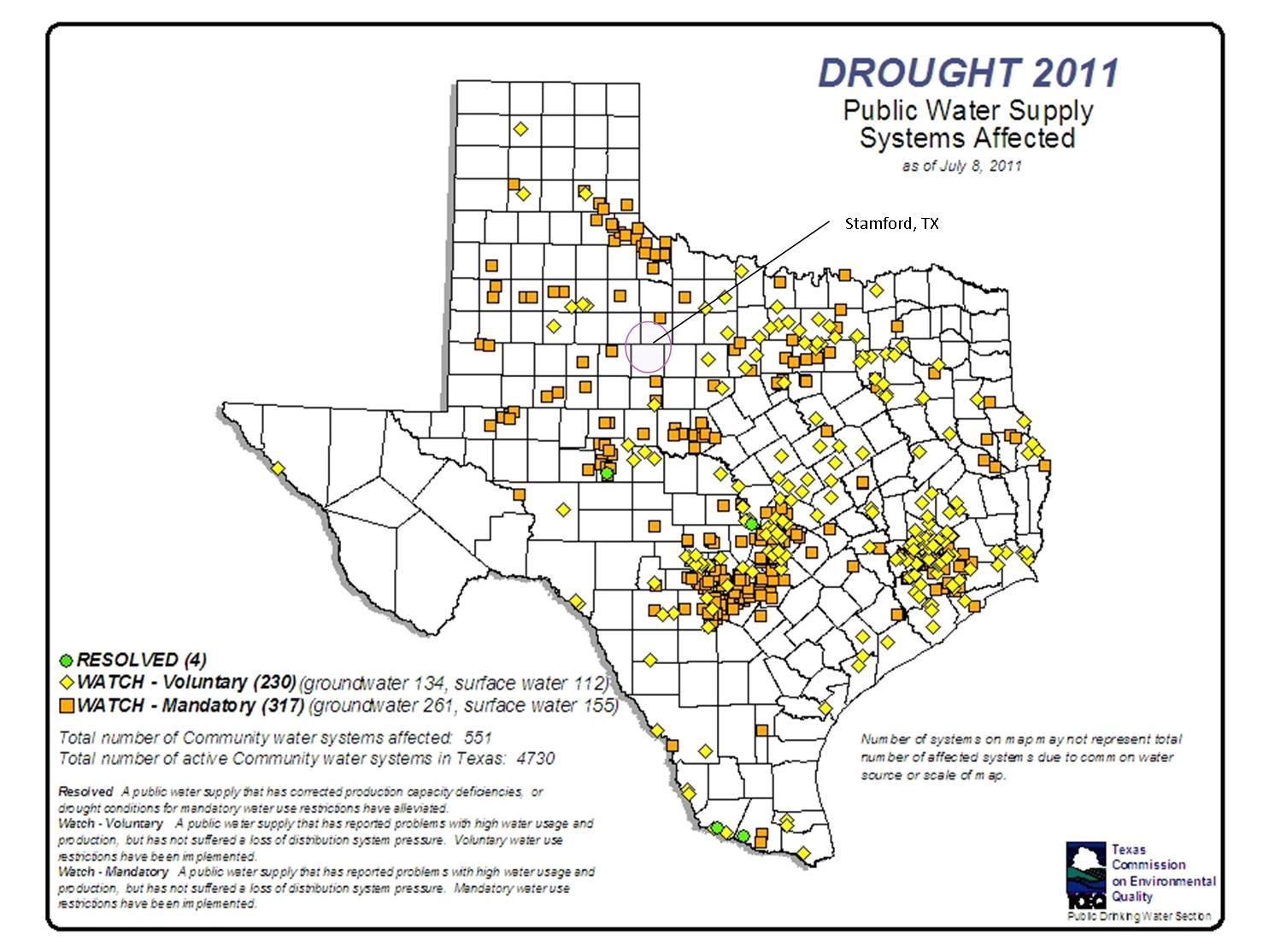According to a Lower Colorado River Authority (LCRA) press release, there will be a public meeting in Bay City on July 28th at 6:30 pm regarding the White Stallion water contract.
The Lower Colorado River Authority will hold a public information meeting in Bay City on Thursday, July 28, on a proposed water contract with White Stallion Energy Center. The meeting will begin at 6:30 p.m. at the Bay City Civic Center, 201 Seventh Street.
“LCRA recognizes how important this proposed water contract is to the public and we want to give everyone the opportunity to fully understand the proposed contract before the Board of Directors makes its final decision,” LCRA General Manager Becky Motal said.
The meeting will be structured to offer visitors multiple opportunities to ask LCRA staff about the proposed contract with White Stallion and related issues. The meeting will begin with a short video and presentation on the proposed contract. The public will then have an opportunity to visit with LCRA staff at stations set up for the following issues:
- Water supply,
- Proposed White Stallion contract,
- Water quality and bay health, and
- Lower basin reservoir.
During the meeting, visitors will be encouraged to submit written questions for a panel question and answer session. The panel will feature LCRA Water Operations Manager Kyle Jensen, LCRA Manager of Water Resources Management Karen Bondy and LCRA Water Supply Strategist James Kowis.
White Stallion has requested 25,400 acre-feet of water a year from LCRA for a power plant in Matagorda County. As a legislatively created regional water supplier, if LCRA has water available to meet a request for supply and an applicant complies with LCRA’s rules, LCRA must make that water available and cannot unreasonably discriminate. LCRA has the water available for White Stallion’s request, even in the current drought conditions.
Because of the size of the request, LCRA has developed a proposal designed to benefit the water supply system of the entire lower Colorado River basin. Under the terms of the proposed contract, White Stallion must pay LCRA $55 million within one year of the contract date. That money must be used for water supply enhancements. LCRA intends to use this payment for:
- Pumping plant improvements at LCRA’s Bay City pumping plant;
- A 5,000 acre-foot off-channel reservoir in the lower basin that can serve White Stallion and other customers; and
- A study to determine the best configuration of water supply projects and enhancements and where they will be located. This could include options like lining canals to save water.
In addition to routine raw water use and reservation rates, White Stallion would also pay $250,000 per year from the date the plant is completed through the end of the contract. These additional funds would be used for future water supply projects. White Stallion also plans to have additional water storage on its plant site capable of storing a week’s worth of the plant’s water use.
Under these terms, once the new reservoir is constructed, LCRA should be able to supply White Stallion without impacting the Highland Lakes or water for agriculture. The new reservoir and future water projects made possible by this contract would also benefit other customers throughout the basin.
“The job of LCRA’s staff was to develop the best water contract it could, and we believe we accomplished that,” Motal said. “This proposed contract is intended to offset the impact of White Stallion to the Highland Lakes and the downstream farmers and also benefits the water supply system of the entire basin.”
A copy of the proposed contract is available at LCRA.org. The LCRA Board will consider the proposed contract August 10.



 The
The 


